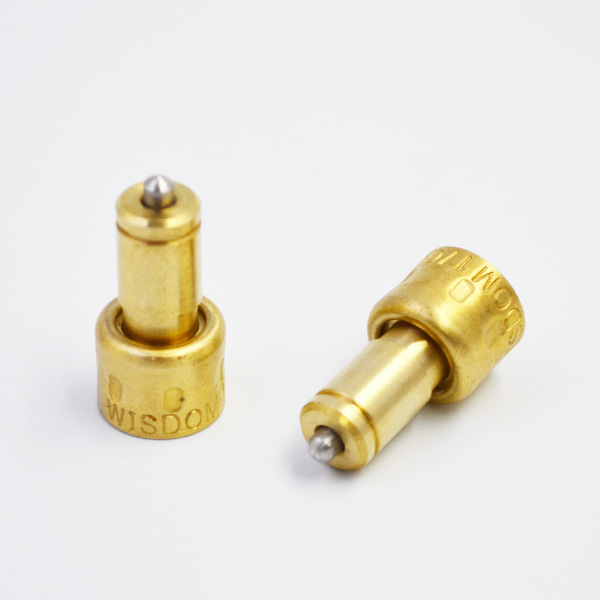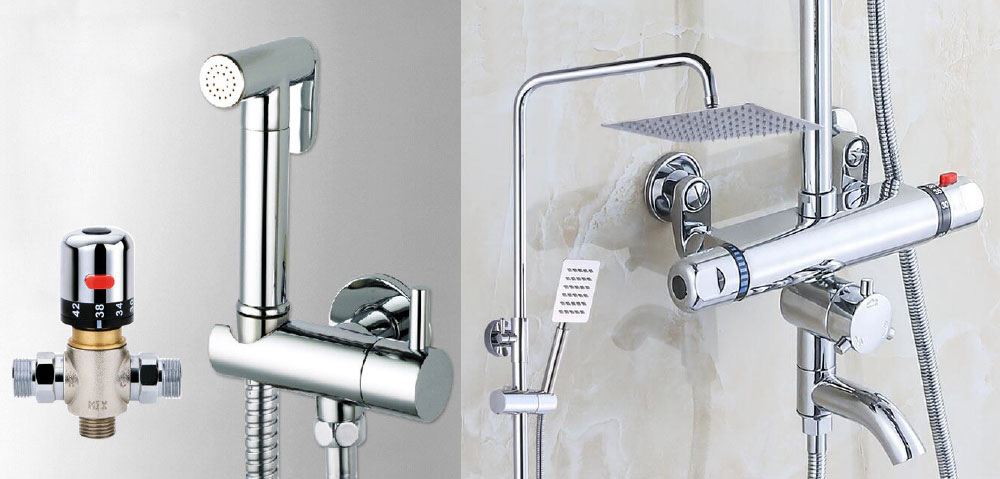This paper analyses the application status of microcontroller technology in the field of artificial intelligence, introduces the structure of several robots and explains the design scheme. Based on microcontroller technology, the application of robot hardware platform which can realize intelligent algorithm in undergraduate teaching is discussed in order to provide corresponding hardware platform for students to learn, understand and apply professional knowledge. Robot is a typical mechatronics system. It integrates mechanical design, electronics, sensors, computer, microcontroller programming control system and artificial intelligence. It is an ideal platform for many courses teaching and experiments in the undergraduate specialty of intelligent science and technology. At the same time, students often participate in various robot-related competitions, aiming at cultivating students’practical ability, creativity, cooperation and enterprising spirit, and deepening and applying the knowledge learned by the major of intelligent science and technology. Compared with postgraduates, undergraduates are much more interested in hands-on design than in theoretical knowledge.
In view of this characteristic of undergraduates, some innovative robotic projects are designed for the students of the second and third grades of the undergraduate course, and the students are guided to form teams and build corresponding hardware circuits to provide a hardware platform for them to deeply understand and learn the specialized courses of intelligent science and technology in the senior grades, laying a certain professional foundation, and passing through. The implementation of these projects improves students’comprehensive application and innovation ability. The application of microcontroller technology in VLSI technology integrates CPU, RAM, ROM, multiple I/O ports, interrupt system, timer and other functions (including pulse width modulation circuit, analog multiplexer, display driver circuit and A/D converter, etc.) into one chip.
A small but powerful computer system.

The chip can be connected with a variety of sensors to collect and process a variety of information. Combining with information fusion technology, it can achieve all kinds of anticipated intelligent behavior of machines (such as navigation equipment, intelligent control systems of automobiles, intelligent household appliances, etc.). The intelligent algorithm is embedded in the robot microcontroller, and the system will show a variety of intelligent behaviors. Robot platforms that can implement intelligent algorithms mainly focus on the following aspects: intelligent home cleaning robot, multi-sensor fusion intelligent car, visual robot and so on.
Intelligent home cleaning robot provides a platform for robot obstacle avoidance, path planning and other theories to facilitate students to understand and learn the knowledge of finding an optimal path to avoid obstacles from the initial state to the target state in the robot workspace according to some or some optimization criteria. Processing, pattern recognition and other related theories provide the corresponding platform for students to understand and learn the intelligent algorithm of image acquisition and processing; multi-sensor information fusion robot can provide a hardware platform for multi-sensor fusion technology, which facilitates students to understand, learn, apply control theory, signal processing, human beings. Knowledge of AI, probability and statistics. The overall structure of all kinds of robot platforms is similar, and they need to include system input (sensor) subsystem, decision subsystem, communication subsystem and motion control subsystem.
The functions of each subsystem need to be realized by hardware design and software design. In this paper, we focus on hardware design, including the hierarchical structure of the robot, hardware selection, circuit design and so on, combined with microcontroller technology. Combining with the characteristics of undergraduate teaching, hardware design considers comprehension ability, operability, realizability and applicability of intelligent algorithm in the later stage, and applies microcontroller technology to realize the following three robotic platforms. The hardware platform of home cleaning robot is relatively mature, and there are many domestic and foreign products on the market.
This kind of robot has a single task, fewer kinds of sensors, and easy to build hardware platform. It is an ideal intelligent robot platform for students. The hardware design of the platform is based on single CPU architecture, and mainly on wheeled robots. The car body is composed of frame, battery pack, DC motor, wheel, microcontroller, sensor and so on. External sensors input the environmental information into the MCU development board, which processes the information. After processing, the decision-making signal is transmitted to the motor through the extended adapter board to control the electric rotation, thus realizing the movement of the robot.
The hardware structure of the system is shown in Figure L. In order to ensure that the motion of the robot is flexible and easy to control, we adopt a circular 13-wheeled mobile mechanism. Two driving wheels are driven differently, and the third universal wheel acts as an auxiliary support. There are many schemes for sensor placement.
Students choose different locations to install sensors, which will affect the design and research of intelligent algorithms such as obstacle avoidance, path planning and so on. The microcontroller uses TI’s MSP430F149 MCU to sense environmental information through ultrasonic/infrared sensors, uses L298 motor drive module to drive two DC motors, uses PWM technology to adjust and control the speed of the motor, and drives 6-bit LED digital tube display system to display various information during operation through MAX7219. Traditional vision systems of mobile robots usually use general-purpose computers to process visual information. With the continuous development of microcontroller technology, high-end microcontrollers also have powerful data processing capabilities.
Because of the large amount of computation in visual information processing, in order to make the designed visual robot platform be able to apply the established image processing algorithm, the hierarchical structure of the visual robot adopts a two-level CPU architecture, and the master-slave control is implemented, as shown in Figure 2. The first CPU uses ARM microcontroller, embedded in the tailored Linux system, responsible for image information acquisition, processing, system management and other operations; the second CPU uses single-chip microcontroller to control the motion of the robot. The hardware selection of the whole system is raspberry pie development board with 900MHz Quad-core ARM Cortex-A7 processor, MSP430F149 development board, camera, regulated power module, DC motor, L298N motor drive board, robot body, power supply (12V battery) and adapter board. In addition to the two-wheel differential drive used in the front cleaning robot, there is also an omnidirectional drive mode for the chassis control scheme to control the mobile robot. The omnidirectional drive mode is more flexible, and the three-wheel drive mode is more stable. According to the requirement of vision robot, the platform adopts omnidirectional driving mode to realize the robot’s movement. Multi-sensor information fusion technology is a very popular research topic in recent years. It combines the development of control theory, signal processing, artificial intelligence, probability and statistics, and provides a technical solution for robots to work in various complex, dynamic, uncertain or unknown environments. The research contents of information fusion are very rich, involving many basic theories, such as parameter template method, clustering analysis, support vector machine, K-means clustering, adaptive resonance theory (ART), adaptive resonance theory mapping and fuzzy adaptive resonance theory network. Artificial intelligence methods such as system, neural network and fuzzy logic are used to fuse a large amount of sensor information for non-linear and uncertain occasions. Single-level and two-level CPU architecture can only meet the needs of simple multi-sensor technology (such as cleaning and vision robots). The hierarchical structure of complex multi-sensor fusion robots is realized by “multi-CPU architecture distributed control”. The multi-sensor information fusion algorithm is implemented on the master computer, and the lower computer can design several CPUs according to the requirements. Each CPU chooses a single-chip computer to control different parts of the robot and undertakes fixed tasks, so that the robot system can run at high speed and steadily. At the same time, thermostatic element each microcontroller is responsible for acquiring different types of sensor information and transmitting data to the host computer through wireless communication module. The upper computer gets the decision through the intelligent analysis algorithm, and the decision data is transmitted to the microcontroller through the wireless module to execute, as shown in Figure 3. The hardware selection of the whole system is high performance PC (upper computer), MSP430F149 (lower computer microcontroller), WIFI module, various sensors and actuators (sensors and actuators are determined by students according to the environmental information and specific functions of the robot project). In the Undergraduate Practice of Intelligent Science and Technology specialty, we organize sophomores and juniors with C language foundation and single chip computer foundation, 3-5 students form teams freely, and design, implement and defend projects according to the project task book given by teachers. Figure 4 shows some of the robotic objects produced by the team. Figure 4 (a) shows a wheeled robot based on an ultrasonic sensor. The display screen can show the distance between the fuselage and the obstacle. The robot only contains a microcontroller MSP430 development board. The control of the robot is realized based on the data detected by the ultrasonic sensor. Figure 4 (b) shows a visual robot that consists of two microcontrollers, one for the raspberry pie development board and the other for the MSP430 development board. The raspberry development board is mainly used to process image information, and the MSP430 development board is mainly used to control the motion of the robot. Figure 4 (c) shows a multi-sensor fusion robot system.

Pressure sensor, MPU6050 sensor and other sensor data to detect the state of the robot itself are transmitted to the host computer through the WIFI module outside the MSP430 development board, and the decision-making of the host computer can also be transmitted to the MCU controller through the WIFI module. These robots can basically implement relevant intelligent algorithms through software design, such as the path planning algorithm in Figure 4 (a); some image processing and image recognition algorithms in Figure 4 (b); and the sensor data in Figure 4 (c) can be analyzed by intelligent algorithms in the upper computer to realize the correlation of the stable walking of the robot. Control. On the basis of the completion of robot production, some students optimize the software design and algorithm implementation combined with the intelligent algorithm of classroom learning, and have achieved some results. Considering the teaching requirements of undergraduate students majoring in intelligent science and technology, the teaching and research group has carefully studied and designed various hardware platforms of robots based on microcontroller technology, which can realize intelligent algorithms, and applied them to students’hands-on practice. Practice shows that the physical experiment greatly increases students’interest in learning and exercises their practical, practical and innovative abilities. In addition, the robot platform made by students can realize some related intelligent algorithms, which can effectively guide students to learn and understand professional knowledge for junior and senior students. The application of intelligent expertise lays a good foundation.
